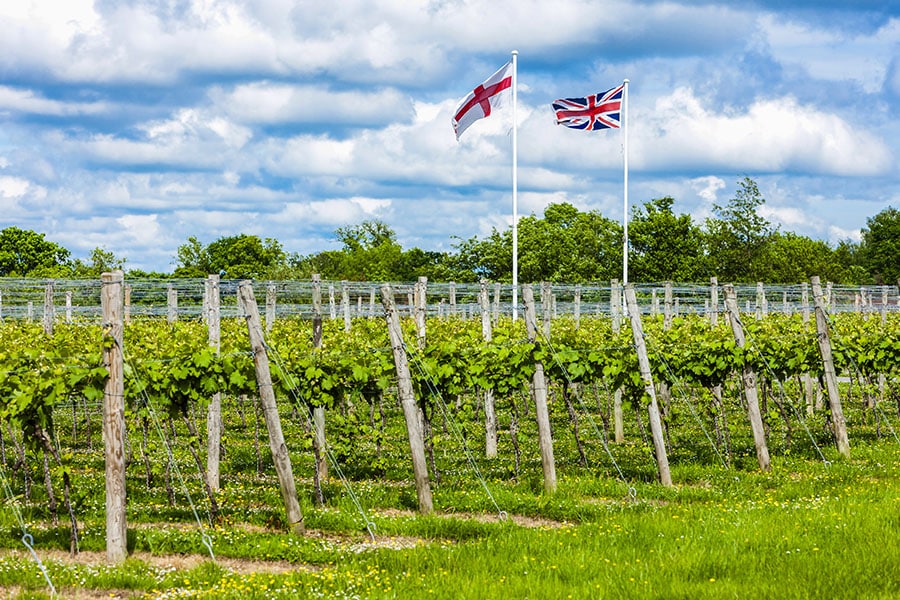
Swapping Bordeaux for Kent, climate change to shift wine regions: study
Increased heatwaves and erratic rainfall could wipe out vineyards from Greece to California by 2100, researchers found—while creating optimal conditions for wine growing in the UK and other unlikely regions
 Researchers compared existing but scattered data on the effects of rising heat and drought, as well as changes in pests and diseases, on global wine regions.
Image: Shutterstock
Researchers compared existing but scattered data on the effects of rising heat and drought, as well as changes in pests and diseases, on global wine regions.
Image: Shutterstock
English wines could benefit at the expense of French and Italian vines as climate change shifts the landscape in traditional wine growing, according to a new study published on Tuesday.
Increased heatwaves and erratic rainfall could wipe out vineyards from Greece to California by 2100, researchers found—while creating optimal conditions for wine growing in the UK and other unlikely regions.
"Climate change is changing the geography of wine," said Cornelis van Leeuwen, the lead author of the paper published in the journal Nature Reviews Earth and Environment.
"There will be winners and losers," he told AFP.
Researchers compared existing but scattered data on the effects of rising heat and drought, as well as changes in pests and diseases, on global wine regions.







